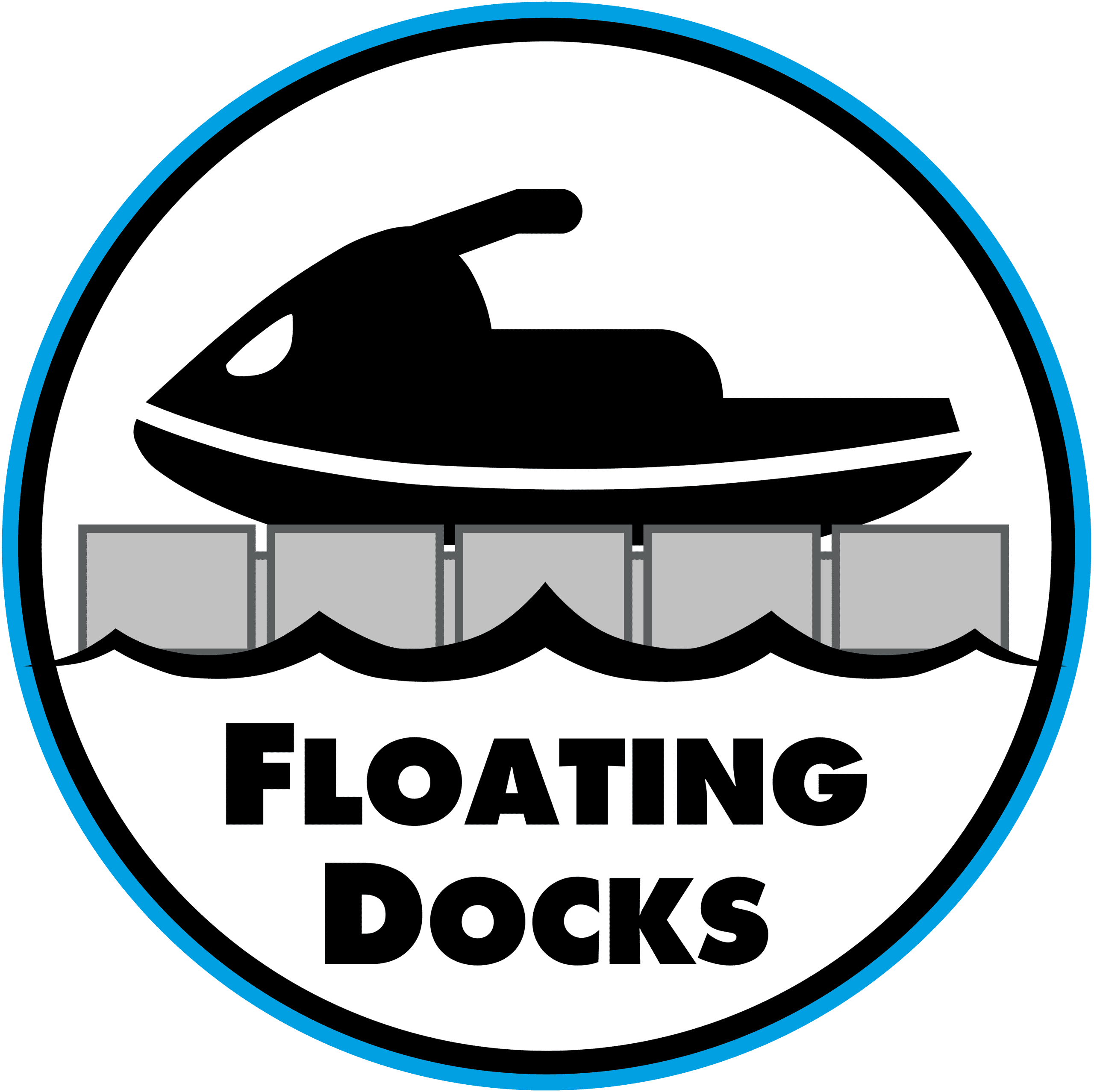Floating: Your Essential Guide To Peaceful River Journeys And Outdoor Fun
Detail Author:
- Name : Prof. Madisyn Halvorson
- Username : frances.predovic
- Email : stark.monica@hotmail.com
- Birthdate : 1980-09-19
- Address : 906 Bailey Mountains Suite 182 Kochfort, WV 23001
- Phone : (479) 891-6761
- Company : Runte-Hodkiewicz
- Job : Life Science Technician
- Bio : Dignissimos saepe aliquam quo quam sequi ullam dicta. Optio voluptate porro maxime praesentium. Delectus et nam ex error et qui magni. Maiores qui facilis iusto.
Socials
linkedin:
- url : https://linkedin.com/in/gaylordg
- username : gaylordg
- bio : Velit ad fugit quia tenetur.
- followers : 6431
- following : 2990
facebook:
- url : https://facebook.com/ggaylord
- username : ggaylord
- bio : Omnis magnam aliquid eos molestiae enim ut vel recusandae.
- followers : 1551
- following : 1347
There's something truly special about letting the water carry you along, isn't there? The feeling of just drifting, with the sun on your face and the gentle current guiding your way, is a very simple joy. It's an experience that can feel incredibly freeing, a real break from the usual pace of life.
For many, the idea of floating brings to mind lazy afternoons on a river, perhaps with friends or family, just enjoying the quiet. It’s a way to connect with nature that doesn't demand too much effort, allowing you to truly relax and take in the sights and sounds around you. So, it's almost like a mini vacation for your mind, you know?
Whether you are looking for a calm escape or a new way to explore the outdoors, floating offers a unique perspective. It can be a solo adventure for quiet contemplation, or a lively group outing with laughter and good company. Anyway, it is a truly popular way to spend time outside.
Table of Contents
- The Allure of Floating
- Getting Started with Floating
- Floating for Anglers: A Different View
- Planning Your Next Floating Adventure
- Frequently Asked Questions About Floating
- Conclusion
The Allure of Floating
Floating on water, whether it's a calm lake or a gentle river, holds a deep appeal for many people. It is a simple pleasure, really, that connects us with the natural world in a very direct way. The feeling of weightlessness, the slight rocking motion, and the sounds of the water can create a truly calming experience. You know, it's pretty much like being cradled by nature itself.
This activity offers a chance to slow down, to breathe, and to simply be present. Unlike more intense water sports, floating lets you observe your surroundings without much hurry. You might see birds by the bank, fish jumping, or just the way the light plays on the water. It’s a very peaceful way to spend an afternoon, or even a whole day, actually.
More Than Just a Ride
For some, floating is about more than just moving with the current. It is a chance to clear one's head, to let worries drift away. The rhythmic movement of the water can be almost meditative, helping to quiet the mind. In a way, it is a form of active relaxation, where your body is moving but your mind is finding stillness. This can be very beneficial for stress reduction, too.
Think about a time you might have seen someone just floating by on a tube, perhaps with a small cooler tied along, just enjoying the moment. This is a common scene on many rivers, and it shows how popular this simple activity is. People are often looking for that sense of freedom and ease that floating provides. It is a truly inviting activity for many different types of people, you know?
Getting Started with Floating
If you are thinking about trying a floating trip, there are a few things to keep in mind to make sure it is a good experience. Planning ahead can make a big difference in how much you enjoy your time on the water. Basically, you want to be ready for what the river might bring.
Picking Your Waterway
Choosing the right river or body of water is a very important first step. Some rivers are known for their calm, slow-moving sections, which are perfect for beginners. Others might have faster currents or more obstacles, which are better for those with more experience. For example, some folks ask about floating areas like the Satsop River or the Naches River, above the Tieton River, wondering about their difficulty and what to expect. These questions show that people want to know the character of the water before they go. It is a good idea to research the specific area you plan to float, checking for any known challenges like log jams or rapids. You can often find information about boat access points and typical float distances, like a 15-mile stretch with a campground at the 10-mile mark, which is pretty helpful for planning.
For those just starting out, finding beginner-friendly floats is key. You want to build experience slowly, perhaps on waters where you can also try some fishing. This helps you get comfortable with your craft and the river environment. Sometimes, people are looking for advice on specific rivers, like the Skagit, and asking about safe places to float with a personal raft. This kind of inquiry shows a real need for information on suitable waterways. It is really important to know what kind of river you are getting into, so, you know, no surprises.
Essential Floating Gear
Having the right equipment makes your floating trip much more comfortable and safe. What you need can depend on the type of floating you plan to do. For casual river floats, a sturdy inner tube or a small raft is often enough. People often consider rafts in the 13-foot or 14-foot range for group outings, or smaller personal rafts like a Watermaster, NRS Boundary 100, or Outcast Clearwater for solo trips. These choices depend on the number of people and the kind of river you plan to float. You know, a bigger raft might be better for carrying a cooler or more people, while a smaller one gives you more maneuverability.
Beyond the main craft, think about what you will wear, like quick-drying clothes and water shoes. A life vest is always a very good idea, even if you are a strong swimmer, especially on rivers where currents can change. You might also want a dry bag for your phone, keys, and other items you want to keep from getting wet. Sun protection, like sunscreen and a hat, is also a must. So, having these things ready makes the whole experience much more pleasant.
Safety First on the Water
Your well-being on the water is very important. Before you even get in, tell someone where you are going and when you expect to be back. Check the weather forecast, too, as conditions can change quickly on the water. River levels can also vary

Floating

News - Floating Rock

Floating Docks Archives - Floating Docks